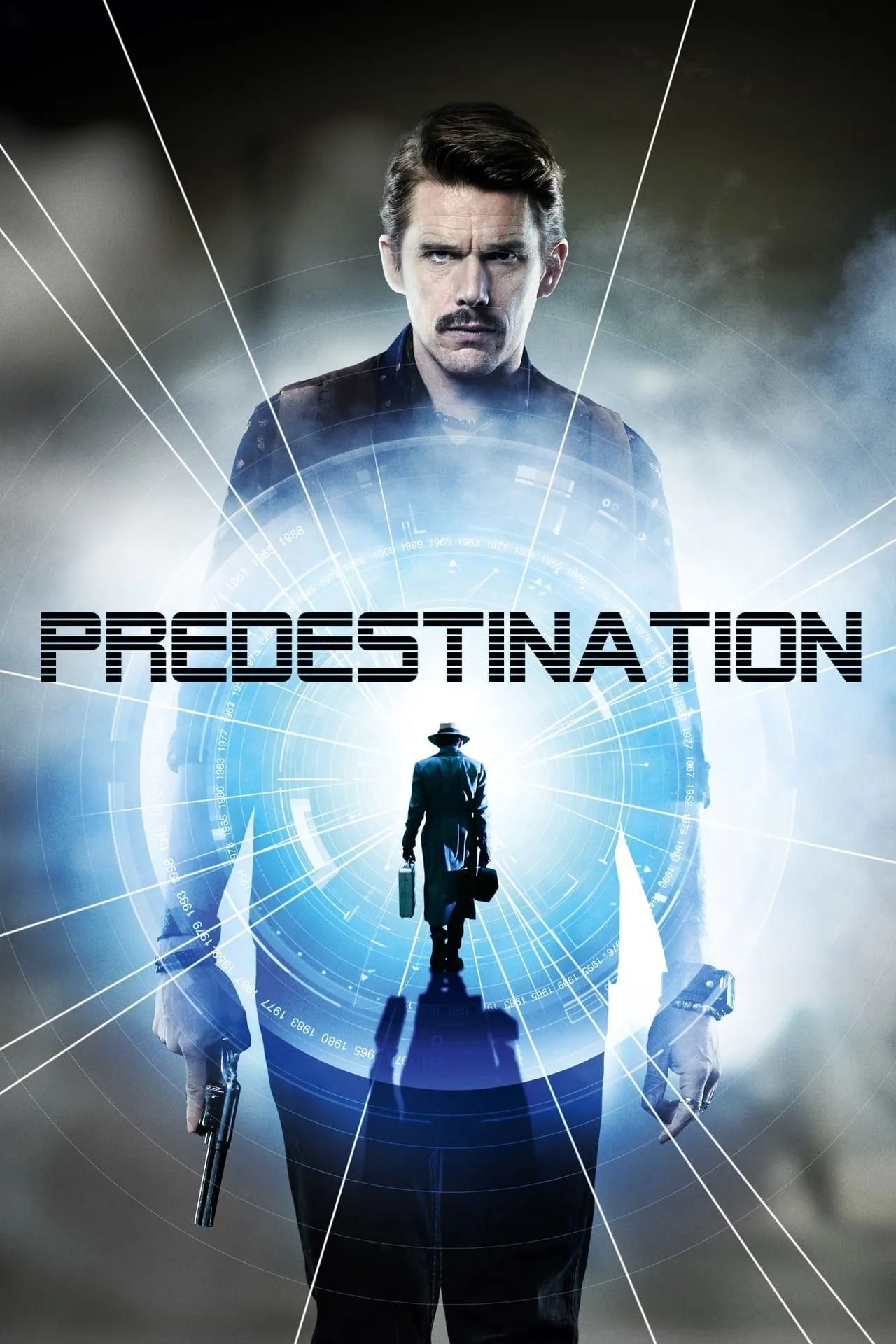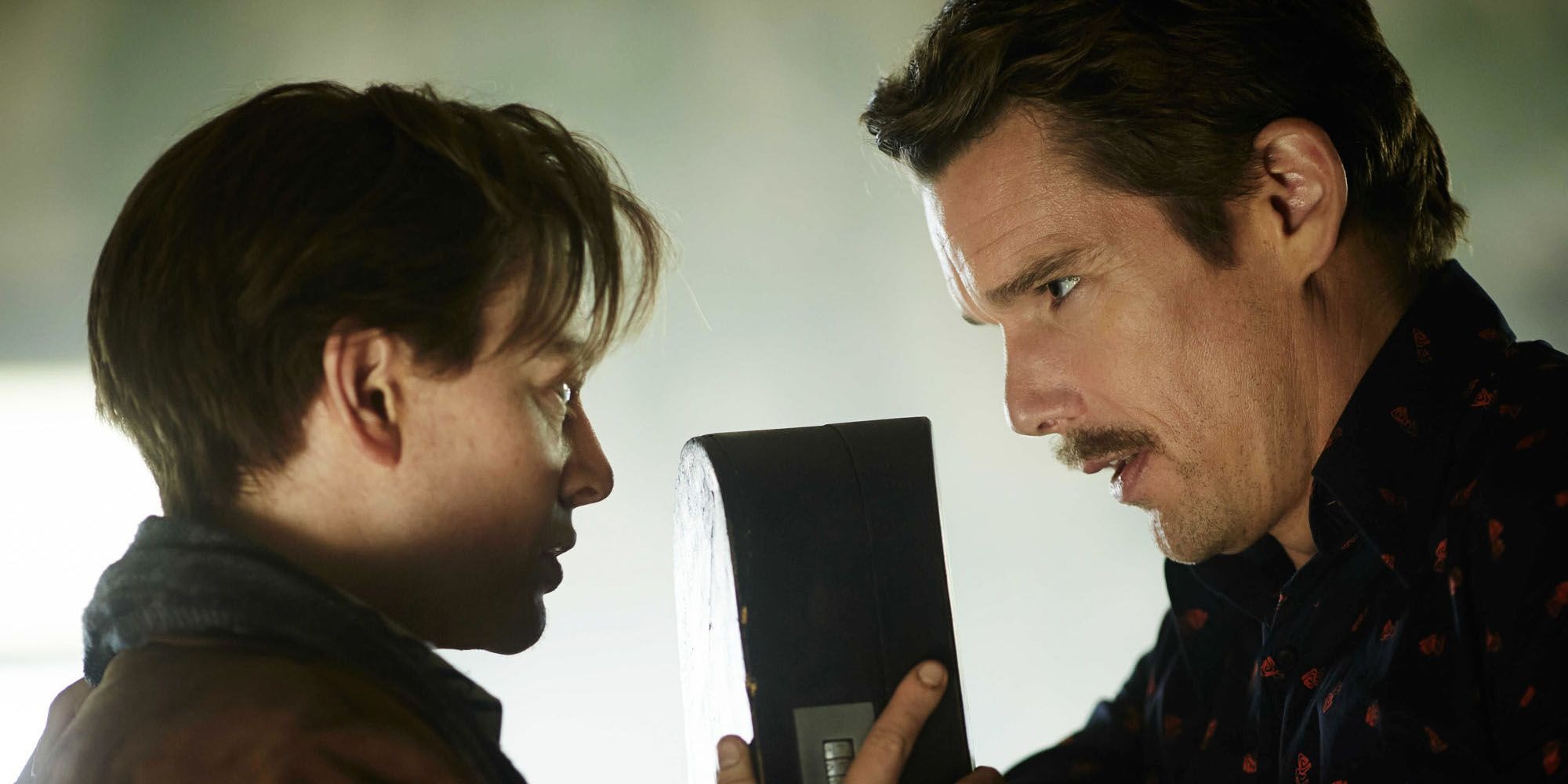Ethan Hawke is mostly recognized for his dramatic roles, but his most thrilling and daring works often lie within low-budget genre films. His collaborations with the Spierig brothers on unique films like Daybreakers and Predestination showcase his versatility.
While Daybreakers depicts a world overrun by vampires, Predestination challenges the mind with its intricate time-travel twists, earning it a cult following over the years. Predestination is a film that demands attention, much like Shane Carruth’s Primer, inspiring fans to map out diagrams to explain its time-bending elements.

The film is based on Robert A. Heinlein’s 1959 short story “All You Zombies,” beginning as a simple thriller about a time-traveling cop on a bomber’s tail. However, it quickly morphs into a much deeper analysis of identity and fate.
Despite its modest budget, Predestination manages to create an immersive world with well-developed characters, particularly in a story that hinges on an individual grappling with their identity.
The series of twists and turns keep viewers intrigued, turning the film into a brain-teasing classic that has grown in popularity, even though its release was not widely celebrated. Let’s dissect this tangled time web together.
What You Need to Remember About the Plot of Predestination
The movie opens with Agent Doe chasing a bomber in the ’70s. Failing to capture him, Doe gets injured in the explosion and undergoes reconstructive surgery, emerging as Ethan Hawke. Returning to 1992 using a time-travel device, he travels back again to the early ’70s and meets a writer named John.
As they converse, John recounts the tragic story of his life. John’s story reveals that he was born female and raised as Jane (Sarah Snook) in an abusive orphanage. After being rejected from a space program in 1963, Jane fell in love with a man who abandoned her after leaving her pregnant.
When she gave birth, doctors discovered that she was intersex and forced her to undergo gender reassignment surgery without her consent. During the surgery, Jane’s baby was abducted. Jane, feeling betrayed by her lover, changes her name to John after the surgery and sets out on a path of vengeance.
Agent Doe offers John a chance for revenge by becoming his replacement in the task of tracking down the bomber, who he believes is the same man who left Jane pregnant and alone. Traveling back to the ’60s, John meets Jane and realizes he is the very man she fell in love with.
As the doomed relationship progresses, John falls in love with himself once again, resulting in Jane’s pregnancy before Doe convinces him to leave and return to his time. Meanwhile, Doe also travels to 1964 and steals Jane’s baby, taking it to 1945 and leaving it in an orphanage.
This baby, of course, is Jane, making John not only his father but also his mother. A truly mind-bending family story, wouldn’t you say?
What Happened at the End of Predestination?
As Agent Doe continues to attempt to recruit John to be his replacement, his superior—who had tried to recruit Jane for a special government project back in the ’60s—reveals that Doe is, in fact, the future version of John/Jane.
This is why Doe is the perfect time-traveling agent: he has no past or future, only a twisted existence within the time loop. In an even more perplexing revelation, Jane, who is now John, has a baby, who is also Jane/John.

After John leaves Jane, he transforms into Agent Doe, who fails to stop the bomber, and eventually recruits John to send him back in time to start the entire cycle again. All the time travel leads Doe to go a little crazy, and at some point, he becomes the bomber from the beginning of the film!
The bomber, who is also Doe’s future self, claims that their boss orchestrated this entire ordeal. If Doe kills the bomber, he will eventually become him. Despite the obvious red flag, Doe shoots the bomber, only to realize that the bomber shares the same facial scars.
While Doe vows not to become the bomber, a tape recorder left by Doe to John plays at the end, leaving us to ponder whether the future can ever truly be changed.
What the End of Predestination Means
At its core, Predestination accesses the idea of whether the past truly defines who we are. The movie differs from others in how it tackles trauma and letting go, all within a labyrinth of time-bending events.
Every decision made by Doe/John/Jane/Bomber—whether it’s falling in love, staying stubborn, or being convinced by fate—reinforces the inevitability of the cycle. Unlike Back to the Future, which allows the past to be altered, Predestination suggests that the past is immutable.
What can be changed is how one chooses to face the future. John was always going to fall in love with Jane, and Doe was always going to kill the bomber. However, Doe did not need to carry out the bombings that set the mission into motion.



